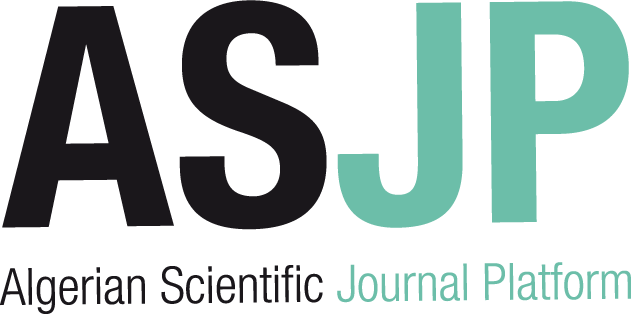| Titre : |
Hybrid aI-based sensor optimization for structural health monitoring of multi-story buildings — case study : HQ tower R+12 |
| Type de document : |
document électronique |
| Auteurs : |
Mohamed Boukharouba, Auteur ; Nouredine Bourahla, Directeur de thèse ; Abdellatif Hannachi, Directeur de thèse |
| Editeur : |
[S.l.] : [s.n.] |
| Année de publication : |
2025 |
| Importance : |
1 fichier PDF (8.6 Mo) |
| Présentation : |
ill. |
| Note générale : |
Mode d'accès : accès au texte intégral par intranet.
Mémoire de Projet de Fin d’Études : Génie Civil : Alger, École Nationale Polytechnique : 2025
Bibliogr. p. 92-94 |
| Langues : |
Anglais (eng) |
| Mots-clés : |
Structural health monitoring (SHM)
Sensor placement optimization
Ge-netic algorithm
Distance matrix
Damage-adaptive sensing |
| Index. décimale : |
PB00625 |
| Résumé : |
Structural Health Monitoring (SHM) plays a critical role in ensuring the safety and func-
tionality of vital structures such as bridges, dams, and public buildings. To make SHM sys-
tems more cost-effective, it is essential to optimize the number and placement of sensors,
reducing implementation costs while maintaining reliable damage detection and structural
assessment.
This study addresses the problem of optimizing damage-adaptive sensor layout in struc-
tural health monitoring (SHM) for multi-story buildings. A three-dimensional finite ele-
ment model of a 12-story reinforced concrete tower (R+12) was developed using SAP2000,
enabling the identification of high-risk damage zones based on internal force distributions.
Steady-state vibration responses were generated, and a genetic algorithm was used to iden-
tify the optimal sensor configuration for each damage scenario using distance matrices as
damage-sensitive features. These scenario-based layouts were then merged into a unified
configuration by analyzing sensor occurrence and importance scores. The final sensor
set ensures sufficient coverage and sensitivity to structural degradation while maintaining
a reduced number of sensors. The proposed approach provides a scalable and practical
solution for SHM system design in complex structures with anticipated damage regions. |
Hybrid aI-based sensor optimization for structural health monitoring of multi-story buildings — case study : HQ tower R+12 [document électronique] / Mohamed Boukharouba, Auteur ; Nouredine Bourahla, Directeur de thèse ; Abdellatif Hannachi, Directeur de thèse . - [S.l.] : [s.n.], 2025 . - 1 fichier PDF (8.6 Mo) : ill. Mode d'accès : accès au texte intégral par intranet.
Mémoire de Projet de Fin d’Études : Génie Civil : Alger, École Nationale Polytechnique : 2025
Bibliogr. p. 92-94 Langues : Anglais ( eng)
| Mots-clés : |
Structural health monitoring (SHM)
Sensor placement optimization
Ge-netic algorithm
Distance matrix
Damage-adaptive sensing |
| Index. décimale : |
PB00625 |
| Résumé : |
Structural Health Monitoring (SHM) plays a critical role in ensuring the safety and func-
tionality of vital structures such as bridges, dams, and public buildings. To make SHM sys-
tems more cost-effective, it is essential to optimize the number and placement of sensors,
reducing implementation costs while maintaining reliable damage detection and structural
assessment.
This study addresses the problem of optimizing damage-adaptive sensor layout in struc-
tural health monitoring (SHM) for multi-story buildings. A three-dimensional finite ele-
ment model of a 12-story reinforced concrete tower (R+12) was developed using SAP2000,
enabling the identification of high-risk damage zones based on internal force distributions.
Steady-state vibration responses were generated, and a genetic algorithm was used to iden-
tify the optimal sensor configuration for each damage scenario using distance matrices as
damage-sensitive features. These scenario-based layouts were then merged into a unified
configuration by analyzing sensor occurrence and importance scores. The final sensor
set ensures sufficient coverage and sensitivity to structural degradation while maintaining
a reduced number of sensors. The proposed approach provides a scalable and practical
solution for SHM system design in complex structures with anticipated damage regions. |
|


 Ajouter le résultat dans votre panier Faire une suggestion Affiner la recherche
Ajouter le résultat dans votre panier Faire une suggestion Affiner la rechercheHybrid aI-based sensor optimization for structural health monitoring of multi-story buildings — case study / Mohamed Boukharouba (2025)







 PB00100
PB00100 


